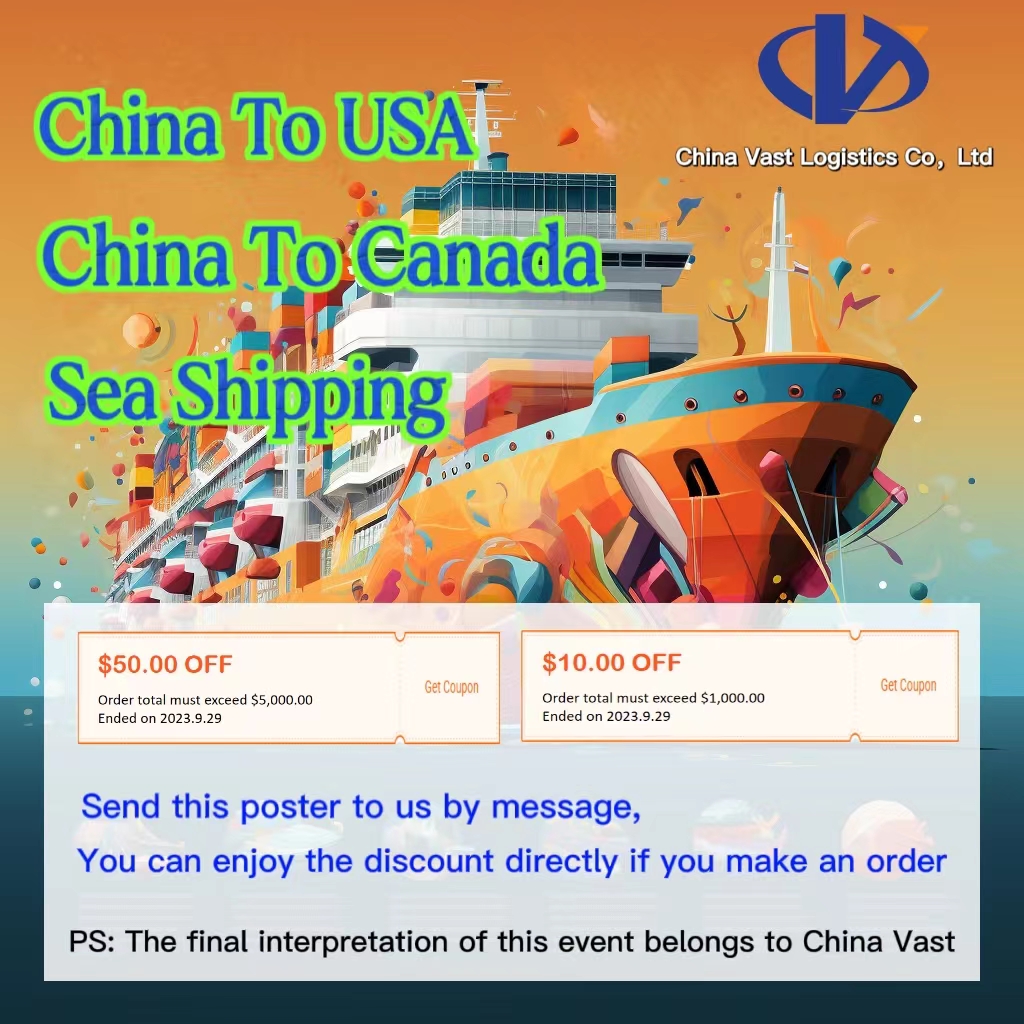In the fast-growing track of Amazon cross-border e-commerce, FBA (Fulfillment by Amazon) plays a vital role in supporting sellers, deeply influencing store operations and growth. However, the FBA shipping process is far from simple—it includes creating shipments, packaging, labeling, transportation, shelving, warehousing, order delivery, customer service, returns, and exchanges.
Each of these stages demands careful planning right from the start. A mistake in any link could lead to disruptions or even losses. So, what are the critical errors that must be strictly avoided in the FBA shipping process? Let’s break it down:
1. Labeling Errors
Mislabeling, blurry labels, or fallen-off labels are deadly mistakes. These may cause rejections, unexpected fees, or even product deactivation.
FNSKU Labels: This is your product’s unique “ID card.” Every single item must have a clearly printed, waterproof, and durable FNSKU label. Thermal transfer printers with carbon ribbons are ideal.
Carton Labels: Each shipping box should have at least 2-3 labels on different sides, printed clearly, firmly attached, waterproof and tear-resistant. These labels are the only valid proof of shipment entry once the shipping plan is created.
Mismatch in actual vs. declared quantity:
Amazon only compensates based on the declared shipment quantity in your FBA plan. Sending more, fewer, or incorrect items may lead to investigations, delays, fines, or warehouse rejections.
2. Packaging Problems
Packaging must strictly follow Amazon standards. Check the latest Amazon fee rules and size/weight guidelines to avoid unnecessary charges.
Standard FBA Plan: Products no larger than 144 x 96 x 96 inches and under 150 lbs.
Small & Light Program: Items ≤ 1 lb, ≤ 16 x 9 x 4 inches, priced under $15.
Important Packaging Rules:
All weight and dimension data entered in Seller Central must be accurate.
Boxes > 22.5kg (50 lbs): Must have “Team Lift” labels on all 4 sides.
Boxes > 45kg (100 lbs): Must be labeled “Mech Lift.” Risk of rejection is high.
Any side > 63.5cm (25 inches): May be charged additional large item handling fees.
Avoid using damaged, moist, deformed, or reused cartons with old labels.
Use strong H-shaped or double-taped sealing with clear tape. Avoid ropes, colored tape, or strapping.
Even small items should be placed in carton boxes—not polybags—to ensure measurement accuracy and prevent delivery cost inflation.
3. Shipping Oversights
Some categories must have certifications before customs clearance:
Dental tools: Require FDA certificates.
Bluetooth items: Need Bluetooth SIG certificates.
Children’s products or toys: Often require additional safety certifications.
Failing to provide valid documentation upon customs inspection can result in entire shipments being seized.
Freight Forwarder Caution:
Always verify the qualifications of your freight forwarder. Avoid suspiciously cheap services, as any shady activity can get your shipment implicated.
Common shipping methods:
Ocean freight, air freight, express delivery—each varies in time and cost.
Sellers should combine these channels strategically to optimize speed and reduce expenses.
Final Thoughts
Every step of FBA shipping demands meticulous attention and patience. Once goods are shipped overseas, any mistake becomes expensive to fix—both in time and money. Sellers must proactively manage every detail to ensure smooth delivery and avoid unnecessary losses.

